Home security tips – 8 smart ways to make your home safe and secure
Protect your home against intrusion with these home security tips
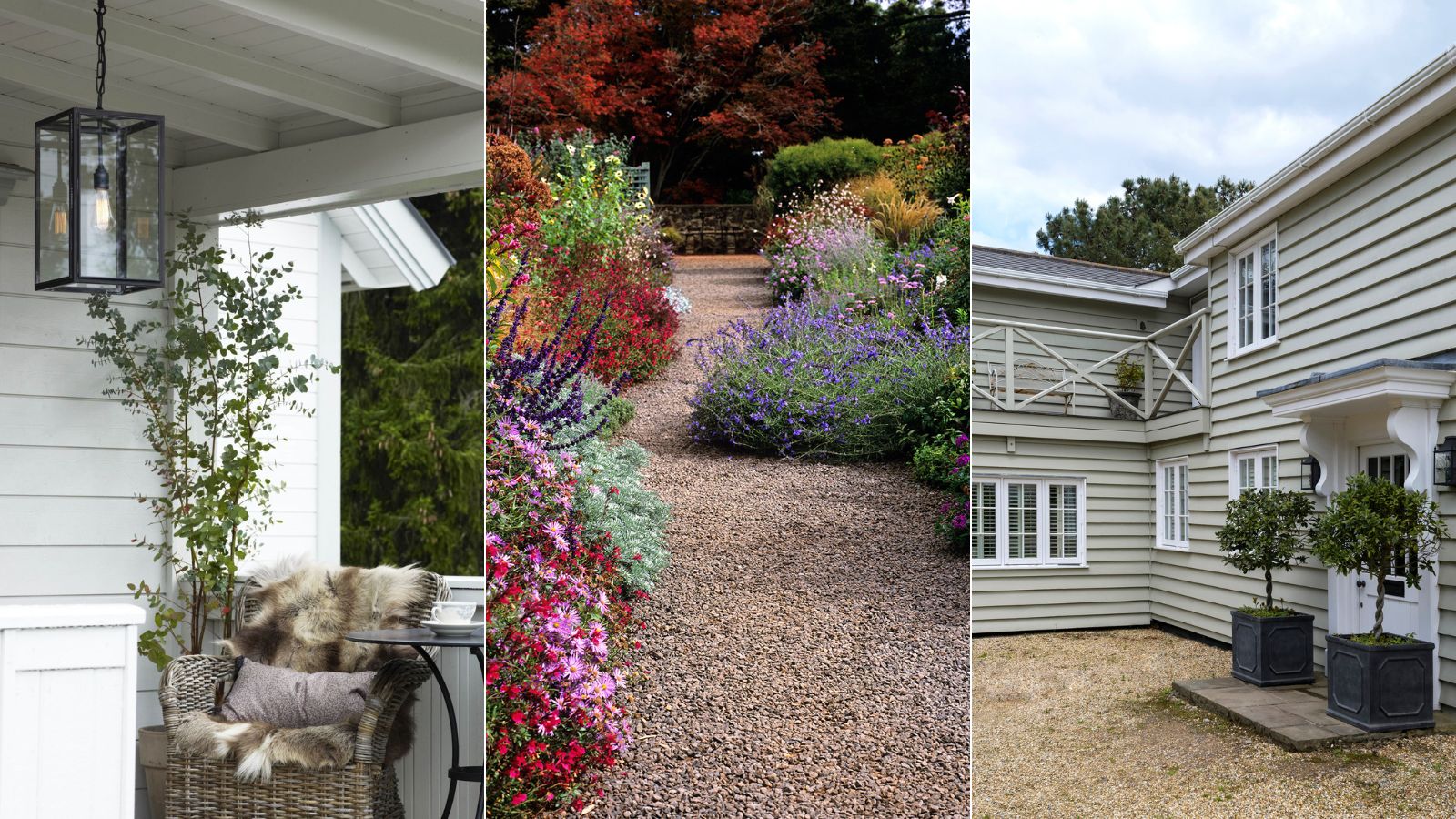

Home security is a vital part of owning a home. Your home is your sanctuary, the place where your children play and your family sleeps, and as such it is important to ensure that it is protected. Of course, there are myriad technological aids from motion activated cameras to complex alarm systems which are worth investigating, as well as ensuring that you have locks on your windows and deadbolts on your main doors.
In addition to these measures, there are also lots of simple steps, such as outdoor lighting ideas, that can be incorporated into your home and garden’s design to help to deter intruders and keep you safe.
Home security tips
Improving your home security is an essential practice for any homeowner. Therefore, it is vital that you know how to prevent burglary and put some of these preventative measures into place in order to make your home less appealing to potential intruders.
1. Opt for a crunchy gravel path
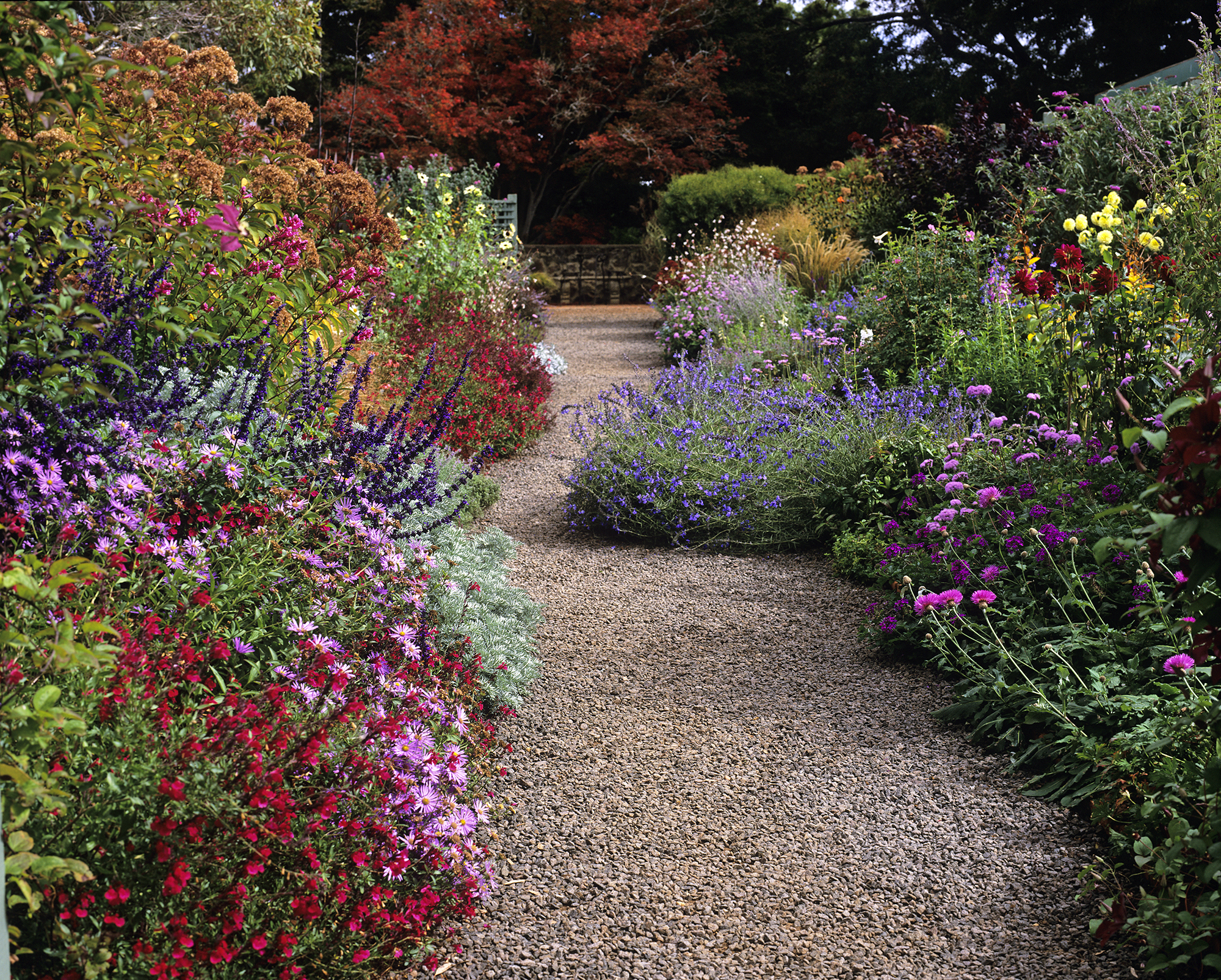
If you’ve ever walked up a gravel path or drive, you’ll know that it’s not a silent affair. The sound of the small pieces of gravel compacting against each other underfoot will undoubtedly alert you to anyone crossing your garden or approaching your home. Gravel is also an aesthetic choice of garden path ideas, offering a laid back cottage garden look. If opting for gravel, be sure that it is framed with a solid border or borders to help contain the gravel and keep it looking neat.
In the same vein as a crunchy gravel path, think about other additions that could offer an auditory alert, perhaps a noisy metal latch on a gate or not fixing the creaking hinge. Alternatively, you can go a step further and embrace gravel garden ideas which are as beautiful as they are secure.
2. Have your porch light on a sensor

Garden security lighting is one of the easiest ways to improve your home security, however, it is also one of the most effective. ‘Evidence suggests the likelihood of being observed while committing an offence is a huge factor in decision-making. Security cameras and motion-activated lighting all contribute to making your home seem like an inconvenient target. Solar security lights have become increasingly popular over the past years as electricity prices and environmental pressures soar. Solar-powered security lights are bright, incredibly easy to install and there are no operating costs, making them a cost-effective solution,’ recommends Brian Davenport, owner and co-founder, The Solar Centre.
You can also place internal lights on a timer so that it appears like someone is home in the evenings – doing so is a much more energy efficient and cost effective way to illuminate your home and reduce the risk of potential home invasion in comparison to keeping the lights on all day and night.
3. Plant spiky shrubs on your boundaries
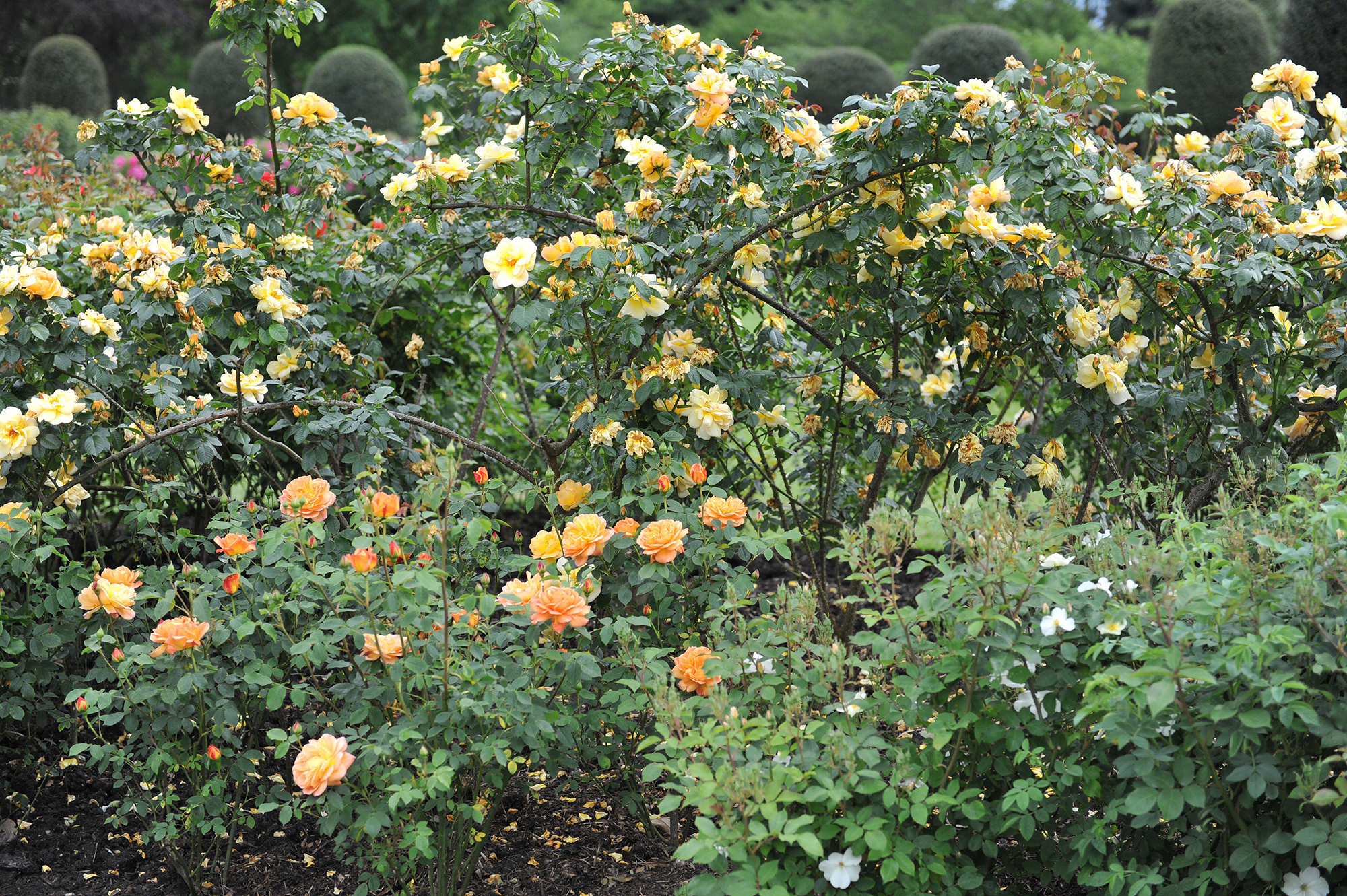
Your plant choices can also go a long way to improving your home security. Opting for plants with spines or thorns will act as an effective deterrent when grown alongside fences or under window ledges, plus they are also one of the most aesthetically pleasing home security additions.
Guy Barter, chief horticulturist at the RHS recommends growing the following plants to improve your home security:
- Berberis × stenophylla (barberry) – compact evergreen shrub which is also popular with wildlife
- Crataegus monogyna (hawthorn) – a deciduous cottage garden staple
- Ilex aquifolium (holly) – evergreen tree with spiky leaves, available as tree or shrub
- Rosa spinosissima (Scotch briar) –evergreen rose that can be grown as a shrub or as a scrambling climber up a fence
- Poncirus trifoliata (Japanese bitter orange) – fearsome thorns and hardy in the south
- Rosa 'Maigold' – a demon for thorns (technically prickles) and a great climber
- Rosa sericea pteracantha – a tall shrub with exceptionally large and off-putting prickles
‘If you don’t have borders in which to plant shrubs, then use big containers that are too heavy to easily run off with and place alongside any potential entry points to your garden,’ adds Guy. ‘Also top off fences with trellis it is too frail to be climbed and makes a racket as it collapses.’
4. Secure your windows

Your windows are one of the most vulnerable points of the home, and obviously ensuring that all your windows are closed and locked when you’re not home is an essential part of home security. However, there are also additional options to improve your window’s security.
Opting for shutters over curtains will provide an extra layer of defence against intruders and can also act as a deterrent. If you are updating your windows, consider opting for sash windows which are harder to open from the outside. Installing sash stops will also prevent the window opening enough for someone to enter.
‘Often looked out of, but missed in a home security audit are windows. Most burglars will either try and pry their way in, so consider adding locks. They may also try to break the glass, so consider using laminated film to make it harder for them to push through once the glass is broken,’ says James Addams, security consultant at Crime Crackdown.
It is common to store your outside bins alongside your house or in a bin store. However, make sure that they can’t easily be moved so they are in front of a window, giving an intruder the opportunity to benefit from the added height.
5. Improve the sight lines from your windows
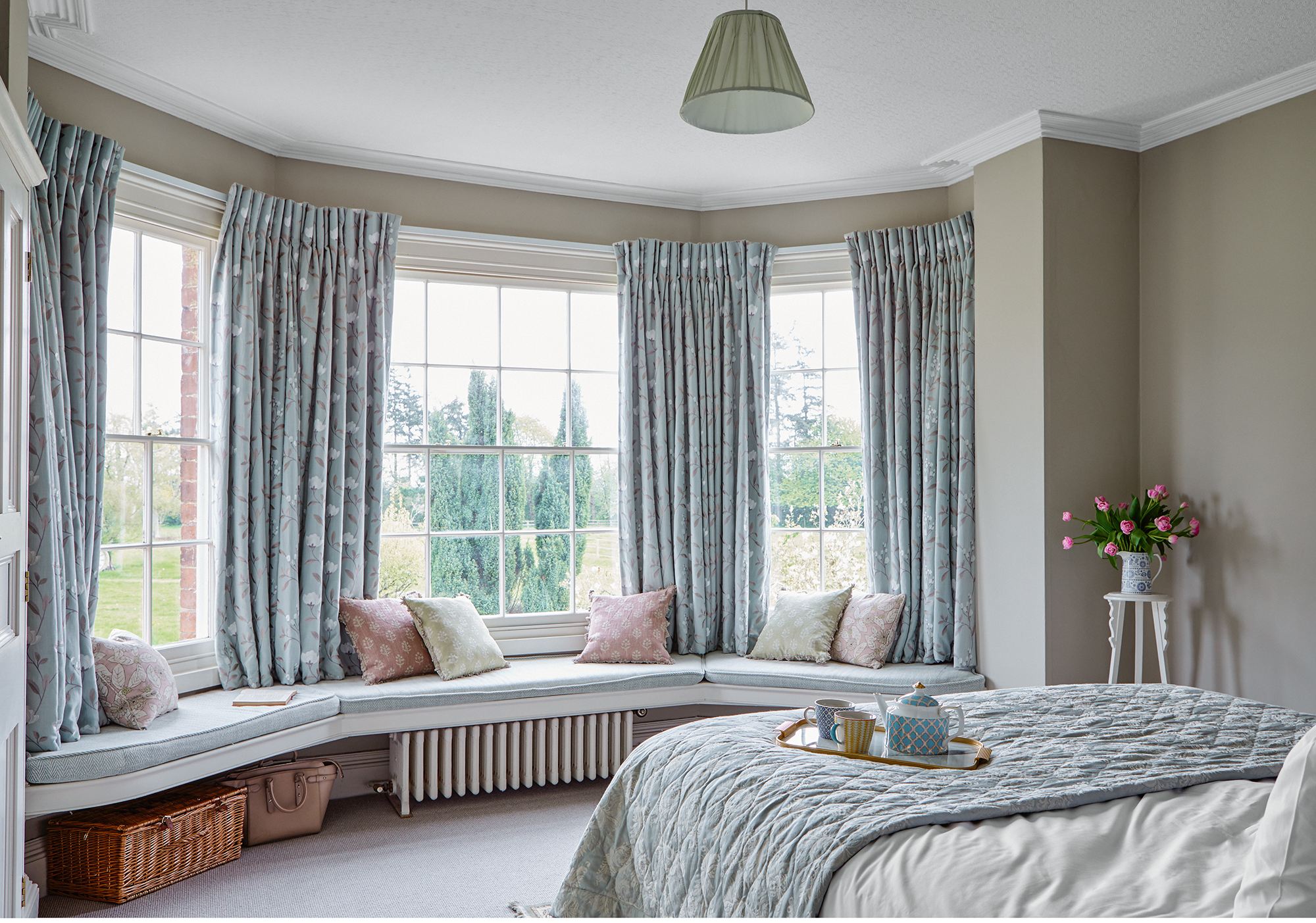
If you open your curtains, how much of your garden can you see? Can you see down the entire length, or are sections obscured by trees, fences or plants? Is it an open space or are there lots of opportunities for an intruder to hide?
Take a walk through your garden and try to view it as a potential intruder would, then remove anything that might present them with an opportunity to sneak up on your house. Lights and mirrors can be a valuable tool to illuminate the dark spots and hidden corners of your plot – they can also add decorative charm to your scheme. Do the same with your front garden too, opting for a low fence at the front of your property so that you can see anything that is occurring on the street.
You can also install one of the best wireless doorbells to provide constant visibility outside your home even when you aren't there.
6. Don't forget to secure your shed
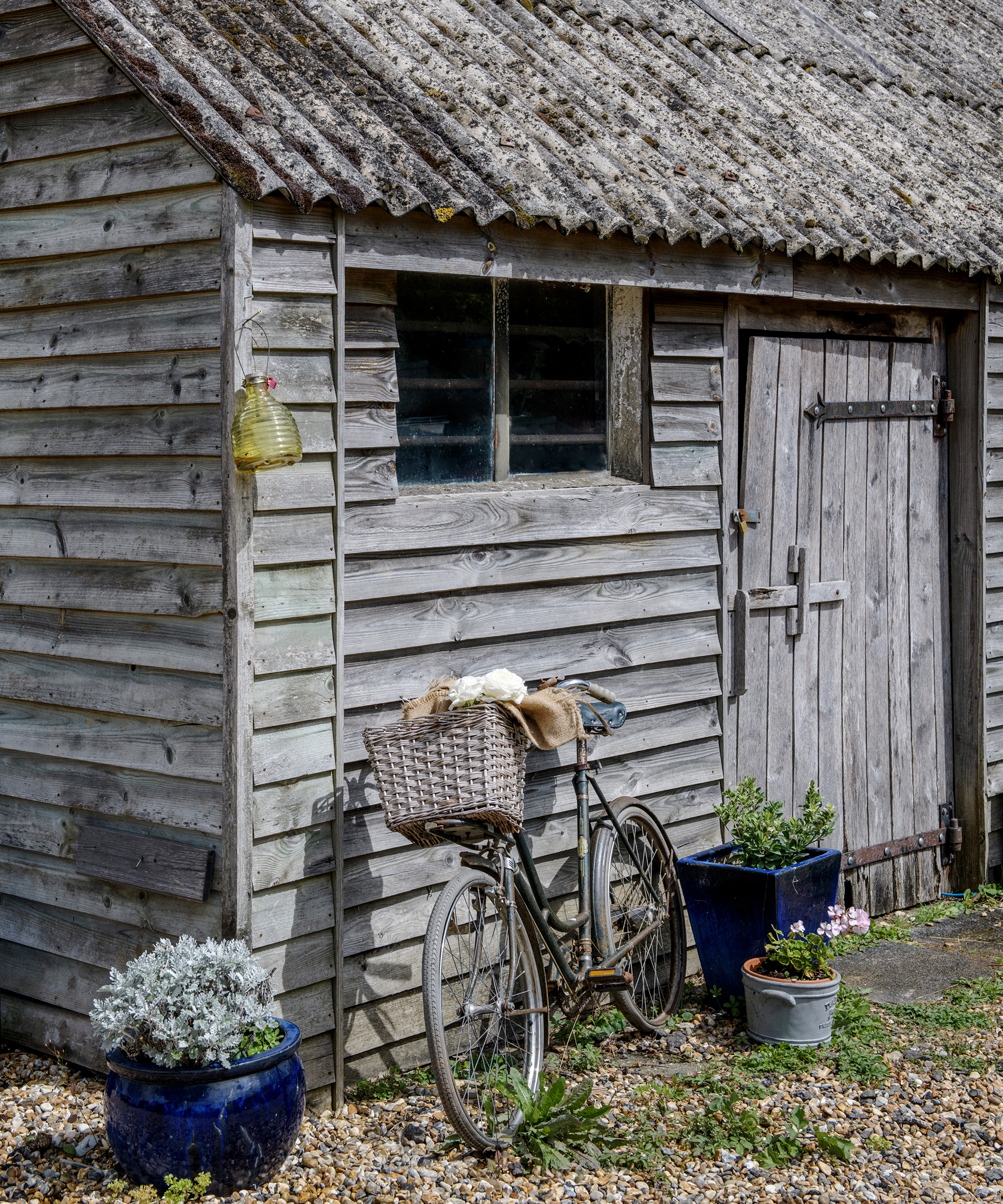
Of course, locking your shed is an obvious way to improve your home security, but a simple slide bolt is not enough. When it comes to securing your shed ideas, opt for a sturdy lock that is impervious to bolt cutters. ‘Locking your shed is vital as the value of garden tools and equipment kept in sheds and outbuildings are often considerable,’ says Guy Barter.
‘Furthermore, garden tools are often used to aid with housebreaking, so keeping them out of sight and reach is a great way to secure your home.’ Therefore, do not store your garden tools in the greenhouse either. Add to the security of your shed by adding a motion sensor light above the doorway.
7. Anti-climb paint
If you are particularly concerned about the ease with which walls, drainpipes or similar could be scaled, then consider painting the top with an anti-climb paint.
‘Anti-Climb paint is also known as anti-burglar, anti-intruder, anti-vandal and anti-scale paint. Designed to deter intruders, this paint never dries, which makes it very difficult to climb. Once applied anti-climb paint does not dry, leaving a slippery surface which is very difficult to climb and will permanently mark clothing. It is ideal for use around roof tops, drainpipes and wall/fence tops,’ says Martin Noon, managing director, Flag Paints Ltd. ‘The paint can last up to 10 years and can be used on almost any building surface, concrete, uPVC, felt, stone, metal and wood. It’s typically used on rooftops, downpipes and fence/wall tops.’
If you decide to use anti-climb paint on your home, you need to be aware of the laws. ‘Clear warning signs must be placed in the area where the paint has been applied. Anti-climbing paint should be applied at least two metres above the height of the walkway so that members of the public cannot be accidentally covered in it,’ explains Martin.
Even if you don't want to use anti-climb paint, it might be worth installing a sign – this might be enough to deter a potential intruder as they are likely to decide that it's not worth the risk.
8. Deter burglars by installing a fence

Garden fence ideas offer a great deterrent against home invasion. For a rear garden and backyard, opt for tall fences that are difficult to scale. ‘The harder it is for the intruder to access your property, the more likely it is they will try an easier target. Add an extra level of protection with plastic spikes on top of the fence. It's tempting to use nails or glass, but you don't want to be in a situation where a burglar injures themselves and tries to sue you!’ says James Addams, Security Consultant at Crime Crackdown.
However, for your front garden ideas opt for low-level fencing that give you and your neighbors good sight-lines so that an intruder can't sneak into your property.
How can I improve my house security?
One of the easiest ways to improve your house security is to install sensor operated flood lights. These will illuminate your garden when the sensor is triggered, offering an effective deterrent against home invasion.
You can also improve your home security by opting for a gravel path over a tarmac or tiled one, planting spiky shrubs and ensuring windows, doors and sheds are all securely locked.
Which houses do burglars avoid?
Burglars avoid houses that are well lit and easily observable both from the property and by neighbors and passers-by. Combining effective floodlighting with appropriate fencing will help to secure your property and make it seem like a more difficult target. Cameras and video doorbells are also an effective deterrent, as is anti-climb paint.
Sign up to the Homes & Gardens newsletter
Design expertise in your inbox – from inspiring decorating ideas and beautiful celebrity homes to practical gardening advice and shopping round-ups.

Having graduated with a first class degree in English Literature, Holly started her career as a features writer and sub-editor at Period Living magazine, Homes & Gardens' sister title. Working on Period Living brought with it insight into the complexities of owning and caring for period homes, from interior decorating through to choosing the right windows and the challenges of extending. This has led to a passion for traditional interiors, particularly the country-look. Writing for the Homes & Gardens website as a content editor, alongside regular features for Period Living and Country Homes & Interiors magazines, has enabled her to broaden her writing to incorporate her interests in gardening, wildlife and nature.
-
 Everyone is obsessed with vintage tiles right now – bring the nostalgic charm of this classic design feature into your home with our 5 design ideas
Everyone is obsessed with vintage tiles right now – bring the nostalgic charm of this classic design feature into your home with our 5 design ideasHonor the past with our favorite ways to decorate with vintage tiles, as suggested by interior design experts
By Eleanor Richardson Published
-
 'It's a fast reset button' – using the 1, 2 ,3 ,4, 5 decluttering method cleared my persistent mess in seconds
'It's a fast reset button' – using the 1, 2 ,3 ,4, 5 decluttering method cleared my persistent mess in secondsIt's easy, effective and so quick to do
By Ottilie Blackhall Published